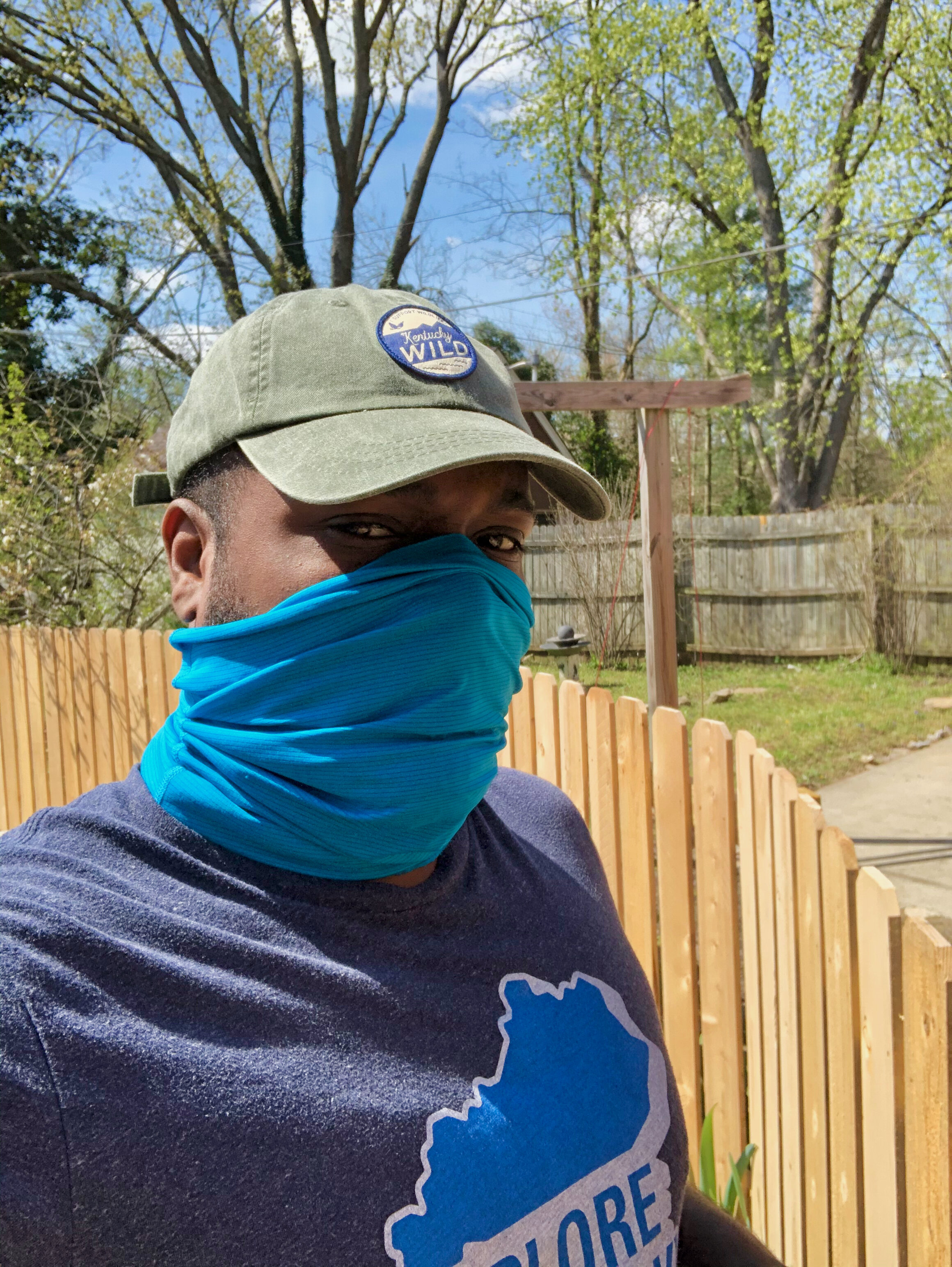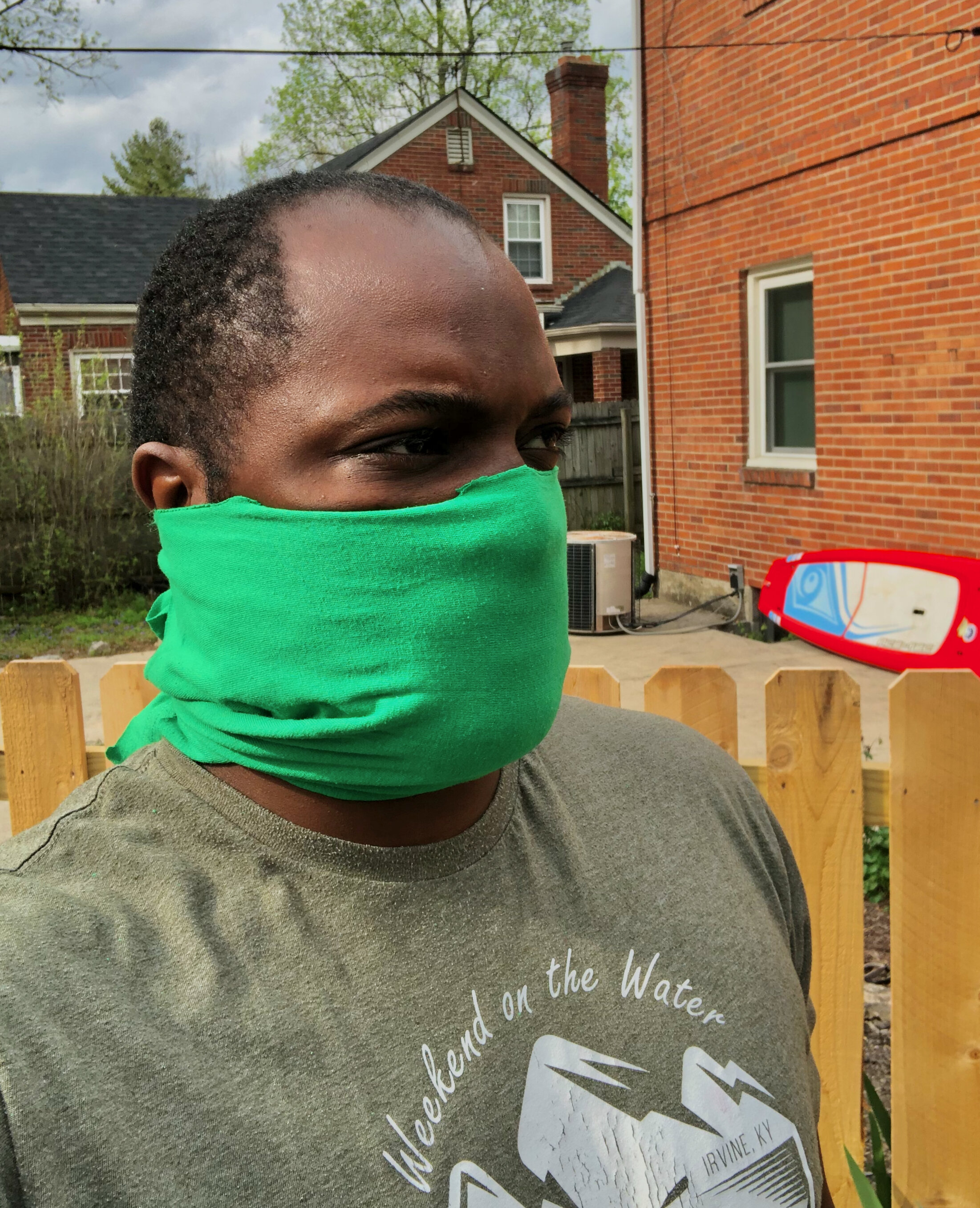Masks for All
With the CDC issuing a recommendation that every American should begin wearing a mask in public, we wanted to talk about this update with the #ExploreKentucky and the general outdoor community.
First things first: there is a difference between a mask and a respirator.
Respirator: a device designed to protect the wearer from inhaling hazardous atmospheric material, including fumes, vapors, gases and particulate matter such as dust and airborne microorganisms.
Save these for the professionals that need them as they are in low stock.
Surgical/ Medical Grade Mask: designed to help prevent contamination of the work environment or a sterile field from large particles generated by the wearer. These masks may also be used to help reduce the risk of splashes or sprays of blood, body fluids, secretions, and excretions from reaching the wearer’s mouth and nose.
Again save these for the professionals that need them as they are in low stock.
DIY Mask (our focus): The major thing to note is that these types of masks aren’t for the protection of the wearer, but are centered around the idea that all of us have the virus, and they will reduce our transmission of the respiratory droplets that spread the virus. A major caveat is that they are not a substitute for social distancing.
BTW #HealthyAtHome is the ultimate defense against COVID-19.
A good DIY cloth or simple face cover doesn’t require a special trip to the store to purchase materials and can be made from items around your home.
Guidances
Treat your mask as if it is contaminated and wash (cloth masks) with warm soapy after each use.
Comfort should be an important factor in the material in the material used to make your mask.
Remember social distancing is the best way to fight the spread.
Your mask should be as tight to your face as possible. Loose-fitting masks aren't nearly as helpful.
Links to some good DIY mask instructions:




